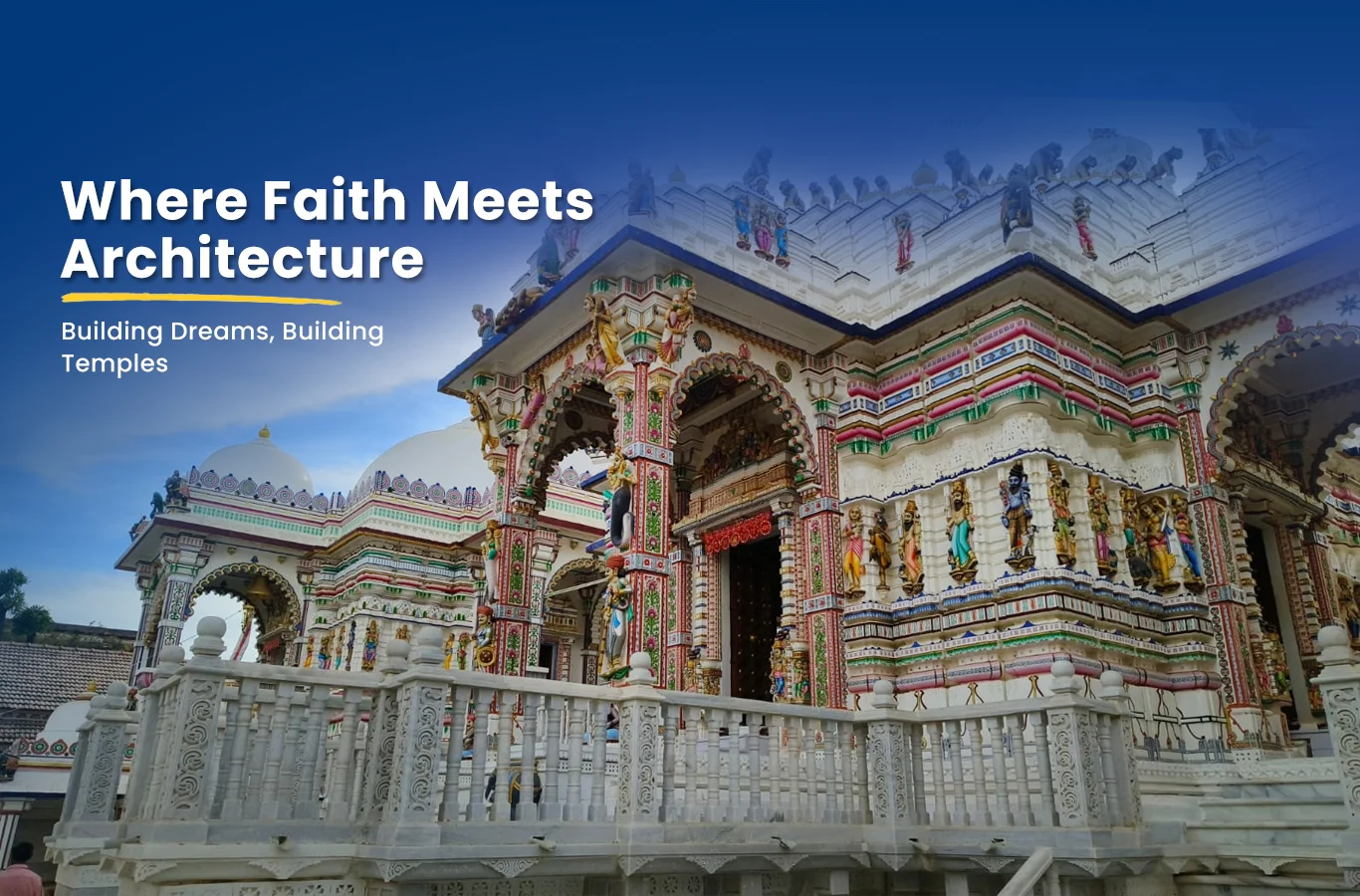Historical Jain temples are not just architectural marvels; they are sacred spaces that preserve centuries of spiritual and cultural heritage. Renovating these temples requires a delicate balance of maintaining their original grandeur while addressing modern-day needs. In India, skilled professionals like temple architects and artisans, especially Sompura architects, are instrumental in this process. The expertise offered by temple construction services in Rajasthan plays a crucial role in preserving these monuments for future generations.
The Importance of Renovating Historical Jain Temples
Jain temples are renowned for their intricate carvings, spiritual significance, and symbolic design. Renovating these temples is essential to:
- Preserve their structural integrity.
- Restore their aesthetic and spiritual value.
- Adapt to contemporary needs while respecting tradition.
Challenges in Renovating Historical Jain Temples
1. Structural Deterioration
Effects of Time and Weather
Over the centuries, temples face wear and tear due to weather conditions, earthquakes, and general aging. Materials like stone and marble may weaken, threatening the temple’s stability.
In Rajasthan’s Harsh Climate
The dry and arid climate of Rajasthan accelerates the erosion of sandstone and marble used in temple construction, posing challenges for restoration.
2. Preserving Intricate Carvings
Loss of Details
Jain temples are famous for their detailed carvings of Tirthankaras, floral patterns, and celestial motifs. Restoring these intricate designs without altering their original beauty is a significant challenge.
Shortage of Skilled Artisans
The craftsmanship required for such intricate work is rare. Finding artisans, particularly from the Sompura community, who can replicate the traditional techniques, is increasingly difficult.
3. Modern Requirements vs. Traditional Design
Adapting to Accessibility Needs
Modern-day visitors often expect facilities like ramps, seating, and lighting. Integrating these features without compromising the temple’s historical design is a challenge.
Maintaining Sanctity
Any renovation must ensure that the spiritual essence and sanctity of the temple are preserved, particularly in the Garbha Griha (sanctum sanctorum).
4. Funding and Resources
High Costs of Restoration
Renovation of historical temples is an expensive process due to the specialized skills and materials required.
Limited Financial Support
While some funding comes from devotees and religious trusts, significant financial support is often needed from the government or private organizations.
Solutions for Renovating Historical Jain Temples
1. Employing Expert Temple Architects
Role of a Temple Architect in India
A Temple Architect in India brings expertise in both ancient architectural principles and modern restoration techniques. Their guidance ensures that the temple’s original design is preserved while addressing structural issues.
Involvement of Jain Temple Sompura Artisans
The Sompura community, known for their mastery in Jain temple construction, plays a pivotal role in renovation projects. Their deep understanding of traditional techniques and sacred texts ensures authenticity in restoration.
2. Using Traditional Materials and Techniques
Authenticity in Restoration
Materials like sandstone, marble, and lime mortar, traditionally used in temple construction, are employed to maintain authenticity.
Sourcing Materials Locally
In Rajasthan, temple construction services often source materials from local quarries, such as Makrana marble, to match the original construction.
3. Incorporating Modern Conservation Methods
Structural Reinforcement
Modern engineering techniques, like micro-concrete and structural grouting, are used to reinforce weakened areas without affecting the original appearance.
Digital Documentation
Before beginning any restoration, digital tools like 3D scanning are used to document the temple’s existing state, ensuring accurate replication of details during renovation.
4. Balancing Modern Needs
Integrating Contemporary Amenities
Facilities like energy-efficient lighting, ramps, and visitor amenities are carefully added without altering the temple’s historical design.
Sustainable Practices
Renovation projects increasingly focus on sustainability, incorporating eco-friendly practices that align with Jain philosophy.
5. Community Involvement and Funding
Engaging Devotees
Community involvement, including donations from devotees, plays a significant role in funding restoration projects. These contributions often reflect the deep spiritual connection individuals have with the temple.
Government and Private Support
Organizations and government bodies often provide grants and technical expertise for preserving India’s cultural heritage.
Role of Temple Construction Services in Rajasthan
Expertise in Historical Renovation
Rajasthan, home to numerous historical Jain temples, has become a hub for skilled restoration services. Temple construction services in Rajasthan specialize in:
- Structural analysis and reinforcement.
- Carving and polishing to restore intricate details.
- Sustainable material sourcing.
Collaboration with Artisans and Architects
These services collaborate with Sompura artisans and temple architects to ensure that the renovation maintains the temple’s historical and spiritual essence.
Successful Examples of Jain Temple Renovations
1. Dilwara Temples, Mount Abu
The renowned Dilwara Temples were restored using Makrana marble, preserving their intricate carvings while reinforcing the structure to withstand modern-day wear.
2. Ranakpur Temple, Pali District
One of the largest Jain temples in India, the Ranakpur Temple underwent structural repairs and carving restoration, with significant contributions from Sompura architects.
Future of Jain Temple Renovation
Preserving Artisanal Skills
Investing in training programs for artisans ensures the continuation of traditional craftsmanship, particularly in the Sompura community.
Advanced Technology Integration
Technologies like AI and robotics can assist in precision carving and structural analysis, reducing the time and cost of restoration projects.
Increased Awareness and Support
Raising awareness about the cultural and spiritual value of Jain temples can encourage greater public and private support for renovation projects.
Conclusion
Renovating historical Jain temples is a complex process that requires balancing tradition with modern needs. The expertise of a temple architect in India, particularly the Sompura artisans, combined with the capabilities of Temple Construction Service in Rajasthan, ensures these sacred spaces are preserved for future generations.
By addressing challenges with innovative solutions and maintaining a focus on authenticity, the renovation of Jain temples continues to honor their architectural brilliance and spiritual significance. Through such efforts, these temples remain enduring symbols of India’s rich cultural and religious heritage

